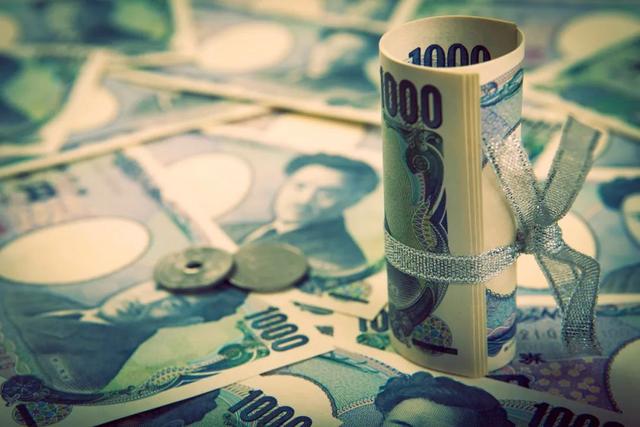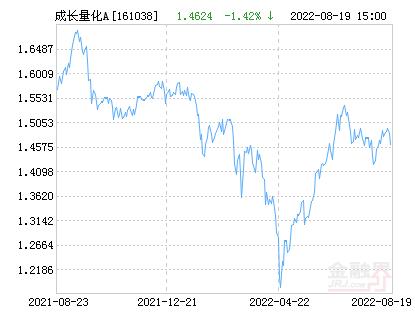标题:Instagram and youth cultureHot shotsWhy young South Koreans are posing in their underwearInstagram与青年文化热点为什么韩国年轻人穿着内衣摆姿势拍照?To show off the time (and money) they have spent with personal trainers炫耀他们与私人教练共度的时间(和金钱)Paragraph 1:LEE JI-HOON’S younger clients have lately been making unusual requests. 李智勋的年轻客户最近提出了不同寻常的要求。“People in their 20s and early 30s showed up and asked me to draw up these excessive training plans and dieting rules,” says Mr Lee, who works as a personal trainer at a fancy gym in Gangnam, a posh part of Seoul, South Korea’s capital. “20多岁和30出头的人来找我,要求我制定这些过度的训练计划和节食规则,”李先生说,他在韩国首都首尔繁华地段江南的一家高级健身房担任私人教练。The clients, most of whom are women, all have the same aim: they want to look hot for their “body profiles”.这些客户大多是女性,他们的目标都是一样的:他们希望自己的“体形”看起来很性感。

Paragraph 2:An Instagram search in Korean for the hashtag “body profile” turns up more than 2.5m results. Instagram用韩语搜索标签“#body profile”,结果超过250万条。Most of them are glossy full-body portraits of men and women in their underwear, posted on personal accounts (though a few belong to celebrities). 这些照片大多是光彩夺目的,男性和穿着内衣的女性全身图,图被贴在个人账户上(不过也有一些是名人的)。Some subjects are draped over chairs, recline on beds or emerge from pools and rivers. Others pose with champagne and canapés, or with foliage.一些物品被披在椅子上,斜靠在床上,或者从池塘和河流中浮出水面。其他人则摆着香槟酒、饼干或树叶一起拍照。Paragraph 3:The point, like so much on Instagram, is to impress. 与Instagram上的许多内容一样,重点是给人留下深刻印象。Joo Sohyun, a 27-year-old in Seoul, says she booked a body-profile photo session because she was bored with doing nothing except work. 首尔27岁的朱素云说,她预约了一次体形拍照会,因为除了工作什么都不做,她感到厌烦。“I wanted that identity of someone who keeps fit,” she says. Taking the profile shots was a way of proving to the world that she had worked hard to achieve a valuable goal. “我想要一个保持健康健身的身份,”她说。拍摄体形是向全世界证明的一种方式--她在为实现一个有价值的目标而努力。The whole thing, including the training programme and photo session, set her back more than 1.5m won ($1,300). 整个过程,包括j健身培训计划和拍照会,她花150多万韩元(约1300美元)。Others splurge even more. Mr Lee’s packages start at 2.5m won; bespoke ones can be 7m won.其他人则挥霍得更多。李先生的方案起价为250万韩元;私人定制方案可达到700万韩元。Paragraph 4:Yoo Hyun-jae, who studies youth culture at Sogang University in Seoul, thinks the trend reflects an obsession with looks and social status. 首尔西江大学研究青年文化的柳贤载认为,这一趋势反映了人们对长相和社会地位的痴迷。The attention young people pay to their online image mirrors everyday life, where looking your best in public is considered polite and commenting on others’ appearance and offering suggestions for improvements remain common.年轻人对网络形象的关注反映了他们的日常生活,在公众面前展现自己最好的一面被认为是礼貌的,评论他人的外表和提出改进建议仍然很常见。Paragraph 5:As in other countries, advertising exploits the associated anxiety. 与其他国家一样,广告利用了相关的容貌焦虑。A company hawking diet products plasters cinemas all over the country with posters urging patrons to “reconsider your popcorn”. 一家出售减肥产品的公司在全国各地的电影院投广告,敦促顾客们“重新考虑你的爆米花”。Serious-looking plastic surgeons admonish commuters in ads on Seoul’s subway: “Think you’re pretty? Think again.” 表情严肃的整形外科医生在首尔地铁的广告中告诫上班族:“觉得自己漂亮吗?再想想。”Celebrity culture also plays a role, says Mr Yoo. The first people to publish body profiles were the pop stars from whom many youngsters take their cues.柳先生说,名人文化也起了作用。第一批发布体形照片的人是流行歌星,许多年轻人都从他们身上得到启示。Paragraph 6:Some commentators worry that the trend harms young people’s mental health and fosters poor eating habits. 一些评论员担心,这一趋势损害了年轻人的心理健康,助长了不良的饮食习惯。Even Mr Lee is concerned. “I was so proud when they showed me the pictures, but some of them came back a few weeks later looking worse than they did before they started working out,” he says. 连李教练也担心。他说:“当他们给我看这些照片时,我感到非常自豪,但其中一些人几周后回来,看起来比他们开始锻炼前更糟糕。”Mr Yoo is less fretful: “Those body-image problems are not caused by the fact that people are now taking pictures of themselves while exercising.” 柳先生则不那么担心:“这些身体形象问题并不是因为人们现在在锻炼时给自己拍照造成的。”Hand-wringing will in any case do little to dissuade the likes of Ms Joo.无论如何,生活的绝望都无法阻止像朱女士这样的人加入其中。“Houses are too expensive and jobs are hard to come by. This is one of the easiest and healthiest ways for young people to feel a sense of achievement,” she says.她说:“房子太贵,工作也很难找到。这是年轻人获得成就感最简单、最健康的方式之一。”(恭喜读完,本篇英语词汇量536左右)原文出自2021年11月6日《The Economist》Asia版块。精读笔记来源于:自由英语之路,仅供个人英语学习交流使用。
【重点句子】(3个)The point, like so much on Instagram, is to impress. 与Instagram上的许多内容一样,重点是给人留下深刻印象。As in other countries, advertising exploits the associated anxiety. 与其他国家一样,广告利用了相关的容貌焦虑。Hand-wringing will in any case do little to dissuade the likes of Ms Joo.无论如何,生活的绝望都无法阻止像朱女士这样的人加入其中。【重点词汇】(10个)drap over披在……上,覆盖在……上canapé/ˈkænəpeɪ/ n. 开胃饼,面包片set sb back a lot 让某人在经济上付出很多splurge/splɜːdʒ/v. 挥霍;夸耀patron/ˈpeɪtrən/ n. 赞助人;老顾客admonish /ədˈmɒnɪʃ/v. 告诫;劝告take one's cue from学…的样;听…的劝告;从…处得到启发fretful/ˈfretfl/adj. 焦躁的;烦燥的;起波纹的hand-wringing n. 绝望come by得到;短暂拜访,顺道拜访【重点词根】(1 3个)(部分来源于Qian)patron=patr-父亲 on→ 像父亲一样的人。词根pater-表示“父亲,祖国”的意思,来源于拉丁语patronus(守护神、保护人)在古代,艺术家的日子不好过。因为艺术品既不能拿来充饥,又不能拿来保暖,所以不能像普通商品那样能给艺术家带来稳定的收入。艺术家的收入主要来自上流人士的资助。那些达官贵人欣赏某位艺术家的才华,就会花大价钱购买他的作品。这种购买艺术家的作品、资助艺术家的人就被称为patron(赞助人、保护人)。对于艺术家来说,这些人绝不仅仅是买家,而是他们的恩人和庇护人,故称之为patron。例如文艺复兴时期的意大利,在二百年的文艺复兴鼎盛时期,美第奇家族是许多艺术大师们的patron。罗马和佛罗伦萨的许多名垂青史的建筑,雕塑,绘画和壁画,都是在美第奇家族的资助下,由波提切利,达芬奇,米开郎基罗,拉斐尔等艺术大师完成,因而创造了辉煌灿烂的文艺复兴文化。在现代,patron一词的含义已经泛化,可以表示各种行业的大主顾,但依然含有“赞助、庇护”的含义,因此一般指的是那种经常惠顾的老主顾,而不是一般的顾客(customer)。patroness:[,petrən'ɛs] n. 女主顾;女资助人;女保护人patronage:['pætrənɪdʒ] n. 赞助;光顾;任免权patronize:[ˈpætrəˌnaɪz] vt. 以高人一等的态度对待;经常光顾,惠顾;资助;保护
【推荐阅读】
《经济学人》双语:外刊怎么看“内卷”“躺平”?《经济学人》双语:韩国的网络漫画与日本的动漫,你更喜欢哪一个?《经济学人》双语:韩剧《鱿鱼游戏》在网飞上全球收视第一






